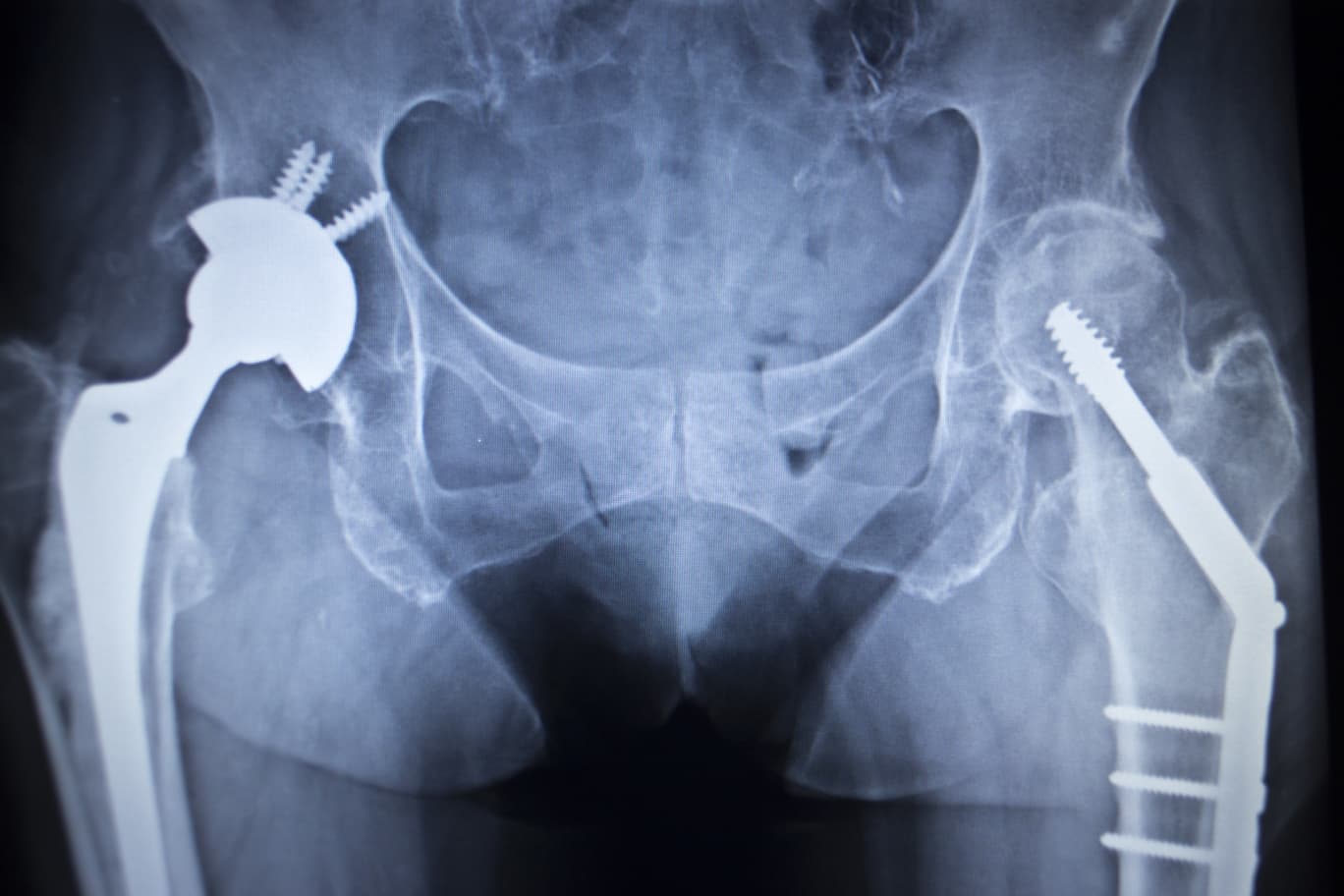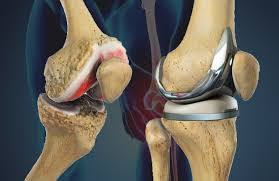
The Benefits of Physical Therapy for Osteoporosis Recovery
Osteoporosis is a condition that affects the bones, causing them to become weak and brittle. It is most commonly found in older adults, particularly women, but can also affect men. If left untreated, osteoporosis can lead to fractures and other serious complications. While medication can help manage the condition, physical therapy can play a crucial role in both preventing and recovering from osteoporosis.
In this article, we will explore the benefits of physical therapy for osteoporosis recovery and how it can help patients regain strength, mobility, and independence.
What is Osteoporosis?
Understanding what osteoporosis is and how it affects the body is an important first step in developing an effective treatment plan. Physical therapy is one option for managing osteoporosis, but it is important to work with a healthcare provider to develop a comprehensive approach to bone health.
Physical therapists can play a critical role in helping patients recover from osteoporosis by developing customized exercise plans that target specific areas of weakness, improving balance and flexibility, and providing pain relief. By working with a team of healthcare professionals, patients can take a proactive approach to managing their osteoporosis and reduce the risk of fractures and other complications.

The Importance of Physical Therapy for Osteoporosis Recovery
Physical therapy is a key component of osteoporosis recovery, as it can help patients regain strength, improve balance and flexibility, and reduce pain. Osteoporosis is a progressive disease that causes bones to become weak and brittle, making them more susceptible to fractures and other complications. Physical therapy can help patients manage these symptoms and improve their overall bone health.
Physical therapists use a variety of techniques to help patients with osteoporosis, including weight-bearing and resistance exercises, balance and coordination training, and pain management strategies. By working with a physical therapist, patients can receive a personalized treatment plan that addresses their unique needs and helps them achieve their recovery goals. This can be particularly important for older adults, who may be more susceptible to falls and fractures due to weakened bones.
In addition to its physical benefits, physical therapy can also have psychological benefits for patients with osteoporosis. Many individuals with osteoporosis may experience anxiety, depression, or a decreased sense of well-being due to their condition. Physical therapy can help alleviate these feelings by providing a sense of control and empowerment, as well as the opportunity to connect with others who are going through similar experiences. By addressing both the physical and emotional aspects of osteoporosis, physical therapy can help patients achieve a more holistic approach to their recovery.
Exercises for Osteoporosis Recovery
Physical therapy for osteoporosis often involves a combination of weight-bearing and resistance exercises, as well as activities that focus on balance and flexibility. Some common exercises for osteoporosis recovery include:
Weight-bearing exercises: These exercises involve activities that put weight on the bones, such as walking, jogging, or stair climbing. They help improve bone strength and density, which can reduce the risk of fractures.
Resistance exercises: These exercises involve using weights, resistance bands, or body weight to build muscle and improve bone strength. Examples include squats, lunges, and leg presses.
Balance exercises: These exercises focus on improving balance and reducing the risk of falls. Examples include standing on one leg, heel-to-toe walking, and tai chi.
Flexibility exercises: These exercises help improve range of motion and reduce stiffness. Examples include stretching, yoga, and Pilates.
Benefits of Physical Therapy for Osteoporosis Recovery
Improved Bone Density: Physical therapy can help improve bone density and strength, which can reduce the risk of fractures and other complications. Weight-bearing and resistance exercises are particularly effective for improving bone health.
Reduced Risk of Falls: Physical therapy can help improve balance and coordination, reducing the risk of falls and related injuries. Balance exercises, in particular, can be helpful for improving stability and reducing the risk of falls.
Increased Mobility: Physical therapy can help improve flexibility and range of motion, making it easier to perform everyday activities and maintain independence. This can be especially important for older adults who may be at risk for mobility-related issues.
Pain Relief: Physical therapy can also help reduce pain and discomfort associated with osteoporosis. Specific exercises can target areas of pain or discomfort, and techniques like massage and heat therapy can also be effective for pain relief.
What to Expect During Physical Therapy for Osteoporosis
Physical therapy for osteoporosis typically involves a series of sessions with a licensed physical therapist. During these sessions, the therapist will assess the patient's current level of mobility, strength, and bone density, and develop a customized treatment plan to address their specific needs.
The therapist may use a variety of techniques and exercises, including those mentioned above, to help improve bone density, reduce the risk of falls, and improve mobility. They may also provide education on proper posture, body mechanics, and fall prevention techniques.
It's important to note that physical therapy for osteoporosis is not a one-size-fits-all approach. The treatment plan will be tailored to the individual patient's needs and may evolve over time as their condition changes.
Healthy Türkiye Notes
Physical therapy is an important component of osteoporosis recovery and management. It can help improve bone density, reduce the risk of falls, increase mobility, and provide pain relief. By working with a licensed physical therapist, patients can receive a customized treatment plan that addresses their specific needs and helps them achieve their recovery goals.
It's also worth noting that physical therapy can be used in conjunction with other osteoporosis treatments, such as medication and lifestyle changes. By taking a comprehensive approach to osteoporosis management, patients can improve their overall health and reduce the risk of complications.
In conclusion, physical therapy is a valuable tool for osteoporosis recovery and management. Through a combination of weight-bearing and resistance exercises, balance and flexibility training, and targeted pain relief techniques, physical therapy can help patients regain strength, mobility, and independence. If you or a loved one are living with osteoporosis, consider incorporating physical therapy into your treatment plan to improve your bone health and overall well-being.



